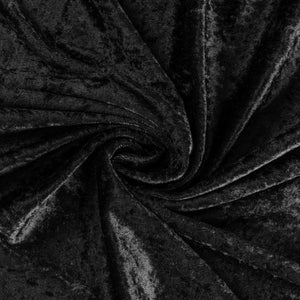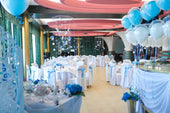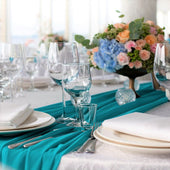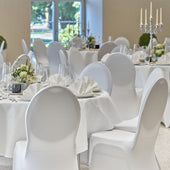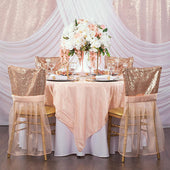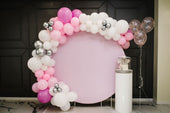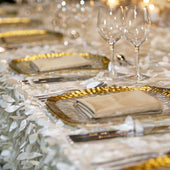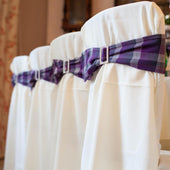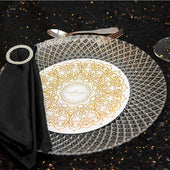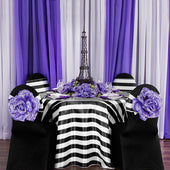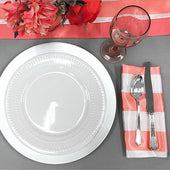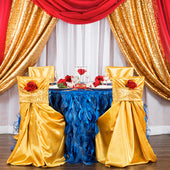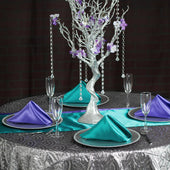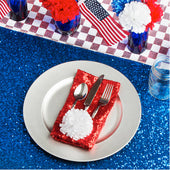Purchasing fabric rolls may be both an enjoyable and challenging experience. There are numerous factors to consider, including the color or pattern of the fabric and how it will complement your design and theme. More importantly, you should ensure that the fabric you choose is adequate for the job you are working on.
Knowing the fabric roll width you need to buy makes shopping and project planning more efficient. This guide will show you how wide a bolt of fabric generally is or the standard width of fabric rolls, as well as the factors to consider when choosing the right fabric.
What is the Width of a Fabric?
The breadth of the fabric is the distance between its selvage edges. Selvage edges are the fabric's finished edges that run parallel to the lengthwise grain.
The selvage margins are typically heavier and more densely woven than the rest of the cloth. Including them may cause your fabric to crumple or curl.
To measure the width, unroll a part of the fabric roll and use a measuring tool to determine how wide it is.
Knowing the width is vital in many sewing and crafts projects because it affects the material selection, pattern layout, and final product measurement. It ensures accuracy since some fabrics may require special or slight variations in width due to their material.
Standard Fabric Widths
The standard fabric widths vary depending on the type of material and its intended purpose. Here is an overview of the more common width options:
44-45 inches
This is the usual width for quilting cotton and craft fabrics. It is frequently used for minor sewing projects including quilting, garment embellishments, and crafts.
54-60 inches
This is the standard width for apparel fabrics such as cotton, linen, and polyester. It is commonly used for home textiles and general sewing projects. It is also utilized for dresses, skirts, and pants due to its slightly wider width, making it suitable for larger garment pieces.
72 inches
This is widely used for home design fabrics such as table linens, draperies, bedding, and upholstery. Larger fabrics can be used to cover furniture, ceilings, windows, and backdrops thanks to their bigger width.
108 inches
This extra-wide width is commonly used for quilt backs, curtains, and tablecloths. It is great for wide-format projects and covering huge surfaces, such as wide windows or large banquet tables.
Specialized Fabric Widths
Specialty fabric widths provide alternatives outside the standard sizes. They cater to particular and unique project needs.
Narrow fabrics are less than 44 inches wide, making them ideal for small-scale uses that require a narrower breadth. They are suitable for straps, ties, and bias tapes.
Extra wide fabrics are larger than the standard 108-inch width. They are frequently used for projects such as quilt backings, drapes for enormous windows, and tablecloths for much bigger event tables. Custom-width fabrics are also available to meet specific project needs
How Many Yards Are There in a Bolt of Fabric?

The number of yards in a fabric roll depends on the type, its width, and the manufacturer's packaging standards. However, a standard bolt usually carries 10 to 40 yards of fabric.
Always check the specific product details provided by the retailer to determine the exact yardage before making any purchase.
Factors to consider when choosing fabric widths
Choosing the right fabric roll width allows you to get the one that best fits your creative project and style. Here are a few things to keep in mind:
Project Type
Assess the scale of your project to determine which fabric width is best for you. For larger projects, such as curtains or drapes, a wider breadth may be required to achieve a uniform look. Smaller projects like crafting accessories may benefit from a narrower width to reduce excess fabric.
Pattern Layout
Some patterns require a specific width and layout to ensure a perfect fit. Make sure that the fabric width you choose allows for optimal use without sacrificing the design elements or pattern placement and layout.
Seam Allowances
Take note of the seam allowances and fabric shrinkage. Wider materials may require fewer seams, saving time and effort while offering a polished finish.
Personal Preference
Always go with your personal preference and sewing style. Work with a wider fabric if you are comfortable with it, or choose a narrower width if you want more intricate designs.
By following these suggestions when selecting your fabric bolt width, you will be able to create the aesthetic you are aiming for with ease.
Our Products
Chiffon Fabric Rolls
Fabric Rolls
Sequin Fabric Bolt




